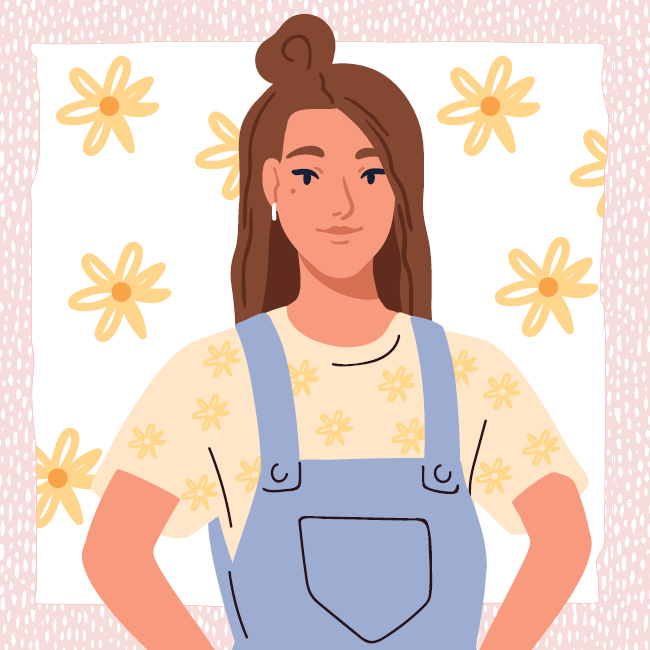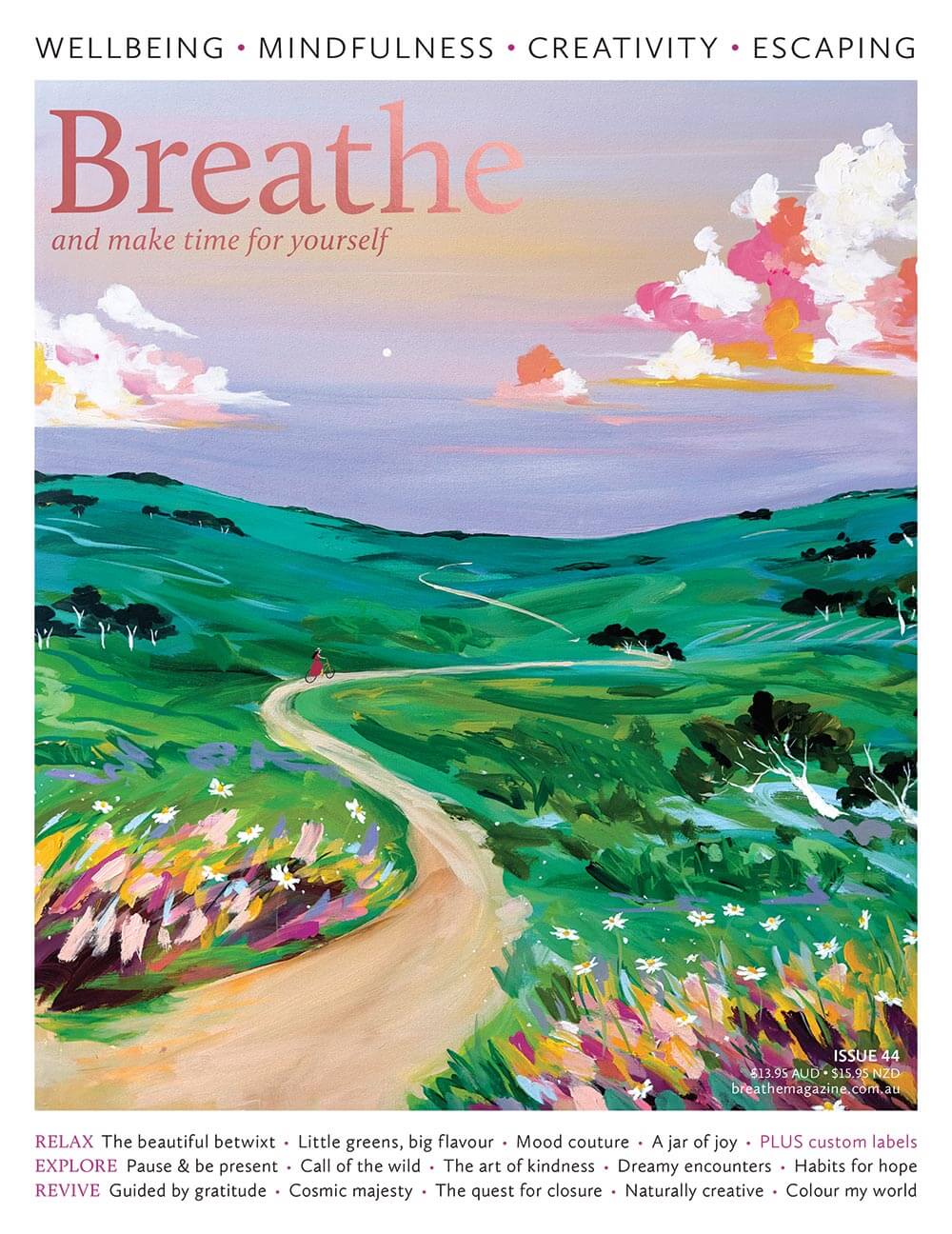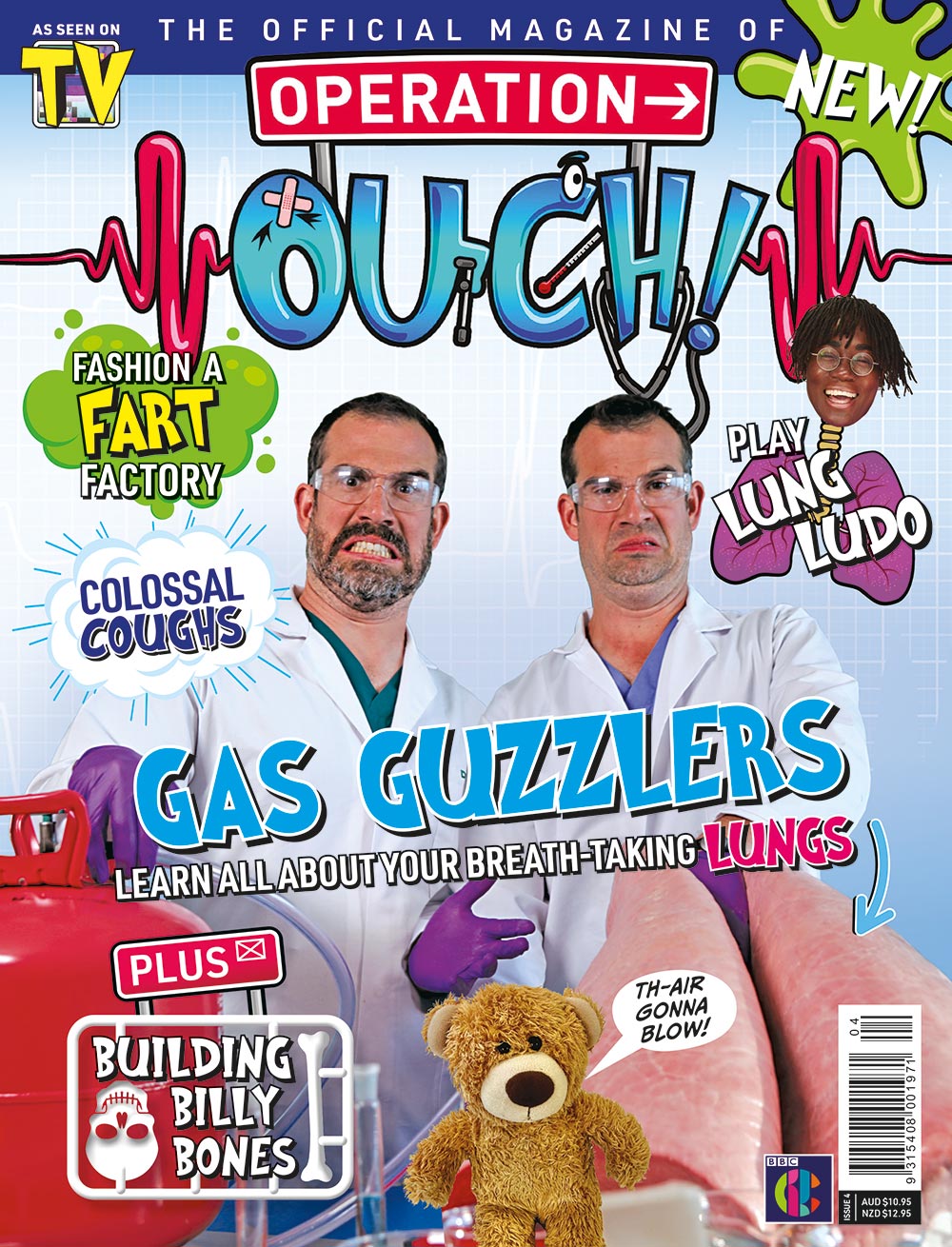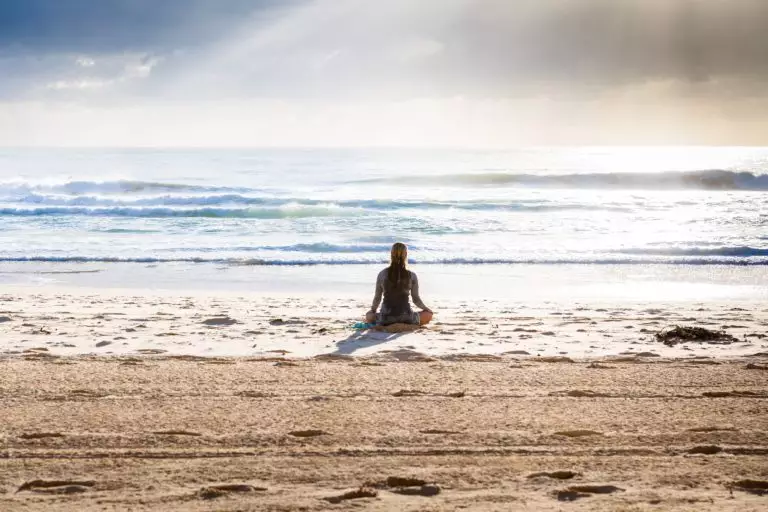
The way you hold yourself and move can reveal a lot to others about how you’re feeling inside. Learn to perfect your power pose with these tips.
Your body tells a fascinating story. The way you hold yourself and move can reveal a lot to others about how you’re feeling inside.
Curious about how your body movement could affect your mind? Read on to find out how small yet powerful changes could make a big difference, from head to toe.
Jump to the power pose downloadable tips
— Jump to the power pose downloadable tips
BODY TALK
The idea of body language has evolved over thousands of years. Some gestures are determined by nature, such as a smile or laugh, whereas others have evolved with society – good and bad table manners, for instance.
Non-verbal communication, like eye contact or the lack of it, can send silent messages about you to others – for instance, you might appear confident or unsure.
However, your body also speaks to you, though you may not consciously be listening to it. Posture, breathing rate, tense muscles, and even walking affect the brain and suggest which chemicals and mood signals to send out.
And it’s a two-way street. Your mood can also lead to poor posture and, before you know it, a cycle of hunched shoulders, low mood and muscle tension has built up. But there are ways to stop this cycle, or at least put it on pause, and observe the impact it has on your mood and mind.
SHOULDERS BACK
You might have been told to ‘stand up straight, pull your shoulders back’ by your parents. As well as ensuring better posture, the act itself is a silent signal of confidence, power, and self-belief – think of how stars like Beyoncé stand and present themselves on stage. Interestingly, this doesn’t just work for humans either. Studies have shown lobsters change their posture depending on how well (or not) they do in a fight! The winner stretches itself out and opens up its body, while the loser hunches down and appears smaller.
Researchers have discovered the triumphant pose is linked to a release of chemicals that boost mood and confidence, whereas the hunched one is associated with defeat and low energy. Returning to dry land, you might notice how your posture changes according to your current situation. Simply walking tall and openly is more likely to generate positive social interactions and agreement from others. Hunched shoulders and a downward gaze are signals to those around you that something is wrong.
SWERVE THE SLOUCH
A recent study has found that even memory recall may be affected by posture. Participants found it easier to remember negative memories when slouching, while positive ones were easier to recall when sitting upright.
The researchers also noted that hormone levels were linked to posture. A slouched position was seen to increase cortisol (also known as the stress hormone), while the opposite was true for an upright posture.
Standing up tall, with shoulders back sends yourself signals that you’re open to and can handle the world, which can help to enhance feelings of wellbeing.
HEAD-TO-TOE TIPS
HEAD
The mind is a storehouse of memories, which means many movement patterns are the result of past experiences telling the body how to move. Spend some time observing your movements. Do you take big or small strides? Are your shoulders tight? Do your hands tend to be clenched fists? Does your stomach tie itself in knots when you think about a certain subject or when you’re preparing for a particular activity?
LUNGS
Shallow breathing is a sure-fire way to block sensations and emotions from forming and flowing freely, while signalling to the brain that something is wrong. A few moments of slow, conscious, deep breathing each day can help tremendously, especially when it comes to calming any worried thoughts.
STOMACH
Holding in the belly can disturb relaxation and prevent the body from working at its best. Allowing these muscles to relax is one way to feel calm. It’s also an easy tool to use daily. An exercise to try for yourself is to sit or lie down and practise consciously relaxing the stomach, breathing slowly and deeply so you can feel the breath moving into the lungs and ribcage, allowing the belly to expand, too. A couple of minutes of breathing in this manner can be a quick and simple way to send silent signals to the body that it’s perfectly fine to relax.
HIPS
The muscles around the hips have an effect on the diaphragm and can also help to shape the body’s overall posture. Tight hips pull the body into a hunched position, but gently stretching the thighs, hips, and lower back can help relieve the physical tightness and any accompanying emotional tension.
FEET
It’s time to take a look at those toes. Ill-fitting shoes can cause them to scrunch up, making balance difficult, even when walking. Feeling unsteady causes the rest of the body to tighten and lock up, so practising walking barefoot (where it’s safe to do so) and spreading the toes can help to achieve a more balanced body and mind.
HOW TO STRAIGHTEN UP
Whether you’re studying at your desk for hours on end, or standing up for long periods of time, it’s important to maintain proper positioning. This helps you to avoid bad habits and body pain further down the line. Here’s how to have good posture when…
SITTING
- Sit up with your back as straight as possible and your shoulders back.
- Distribute your body weight evenly on both hips.
- Bend your knees at a right angle so that they’re level or slightly higher than your hips – use a footrest or stool if necessary.
- Keep your feet flat on the floor (or footrest).
- Try to avoid sitting in the same position for more than 30 minutes and get up to take short but regular breaks.
STANDING
- Imagine a string attached to the top of your head pulling you upwards.
- The idea is to keep your body in perfect alignment, maintaining the spine’s natural curvature, with your neck straight and shoulders parallel with the hips.
- Keep your shoulders back and relaxed.
- Pull in your abdomen.
- Keep your feet about hip distance apart.
- Balance your weight evenly on both feet and avoid leaning on one side.
- Try not to tilt your head forward, backwards or sideways.
- Keep your legs straight, but knees relaxed
Download your perfect power pose tips below.























